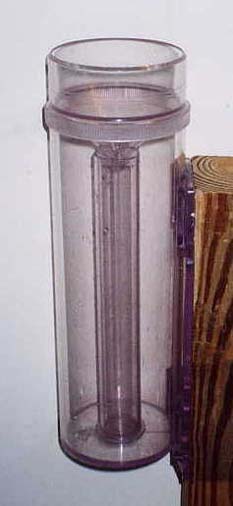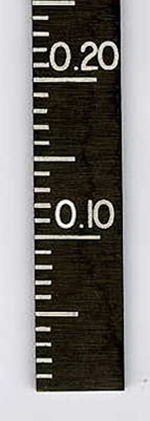

There is some controversy as to the definition of a TRACE. Some say it is any measurement less than 0.01 inch while others state that it is anything below 0.005 inch. This difference of definition is actually displayed in the official National Weather Service observer manuals.
"Instructions for Climatological Observers" Circular B, eleventh edition and dated January 1962 (Page 30, paragraph 3621). This reads as follows: "Enter the depth, obtained in accordance with section 3400, to the nearest 0.01 inch. A measurement of less than 0.005 inch is less than half the distance from the end of the stick to the first etched line. It is recorded as a trace of precipitation by entering the letter T." And another U.S. Weather Bureau publication ("Manual of Surface Observations" Circular N, Seventh Edition and dated November 1961) that I used in the Air Weather Service (U.S. Air Force) stated "less than 0.005 inch is called a trace".
Currently, the National Weather Service states that a TRACE is: "Precipitation amounts less than 0.01".
I have tried to find when the NWS made this definition change. Many of the present-day NWS staff seem to be unaware of the earlier definitition.
I still prefer the definition for a TRACE as "less than 0.005".
Larry Huff

